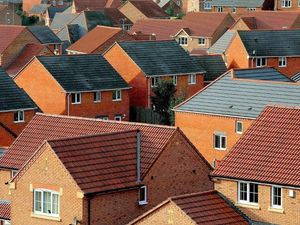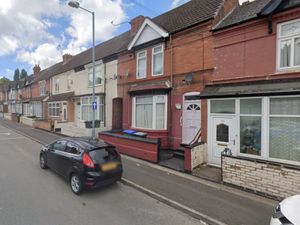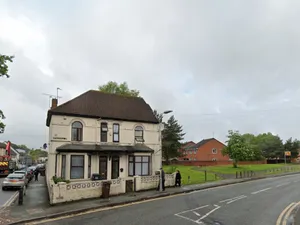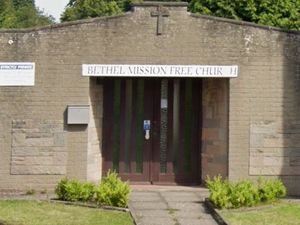Homes in Black Country and Staffordshire at 'least affordable' since records began
Homes across the Black Country and Staffordshire are at their least affordable since records began in 2002 amid the cost of living squeeze, new figures show.

Data from the Office for National Statistics (ONS) made the findings by comparing the median house price in an area with the full-time annual salary there.
And it found that homes in Wolverhampton, Sandwell, Walsall, Dudley and Stafford had become less affordable – despite average wages going up last year.
Analysis showed the average price house in Wolverhampton is now £174,995 while the annual average salary in the city was £27,503 – meaning house hunters need 6.4 times their wage to buy to a home.
In Walsall, the average price was £185,000 – just over six-and-a-half times the annual average salary of £28,515. In Dudley, this was £198,000 – almost seven times the annual salary of £29,438.
Meanwhile in Sandwell, the figure is £170,000 – just over six times the annual wage of £26,630. In Stafford, the average house was £225,000 while the average salary was £31.356 – meaning people need just over seven times their wage to buy a home there.
Each of the areas recorded the highest ratio recorded since the ONS began analysing the issue in 2002.
Kensington and Chelsea, in London, have consistently been the least affordable local area in England and Wales since the ONS started analysing affordability, with average house prices now 24.8 times that of the average salary. Copeland, in the North-West, is the most affordable, with its ratio just 3.1.
Polly Neate, chief executive of housing charity Shelter, says the blame for worsening affordability lies with a "huge decline" in affordable social homes, paired with less housebuilding.
She said: "House prices have been pushed higher by policies that have given some people greater purchasing power, like Help to Buy or the recent stamp duty cut. These policies coupled with a lack of supply means home ownership is now out of reach for most people on modest incomes."
"Many families are really struggling now that other bills are skyrocketing too - forced to choose between heating, eating or paying their rent."
Tom Bill, head of UK residential research at estate agency Knight Frank, said that while house prices have risen significantly over the pandemic, he expects growth to slow over the next year.
Mr Bill said: “For the moment, the cost of living is dominating people's thinking, but demand for homes remains sky high. Supply is normalising after Covid-19 and upwards pressure on prices may begin to moderate - double digit house price growth is likely to return to single digits by the end of this year.”
A recent report from the House of Commons suggests that Covid-19 may be responsible for a slowdown in the building of new affordable homes over 2020 and 2021.
It notes the building of new homes for social rent has dropped off significantly in recent years - accounting for just 11 per cent of new homes built last year, down from 62 per cent in 2014-15.
A spokesperson for the Department of Levelling Up, Housing and Communities said that building affordable homes remains "central" to the Government's levelling up agenda.




